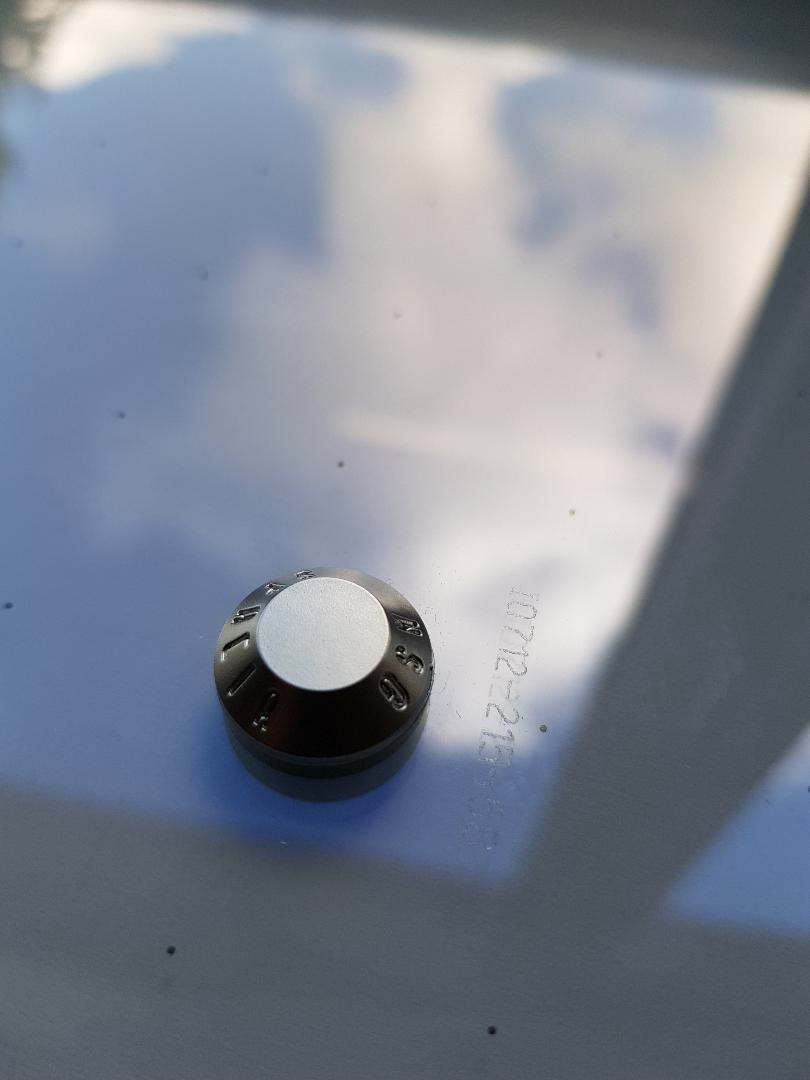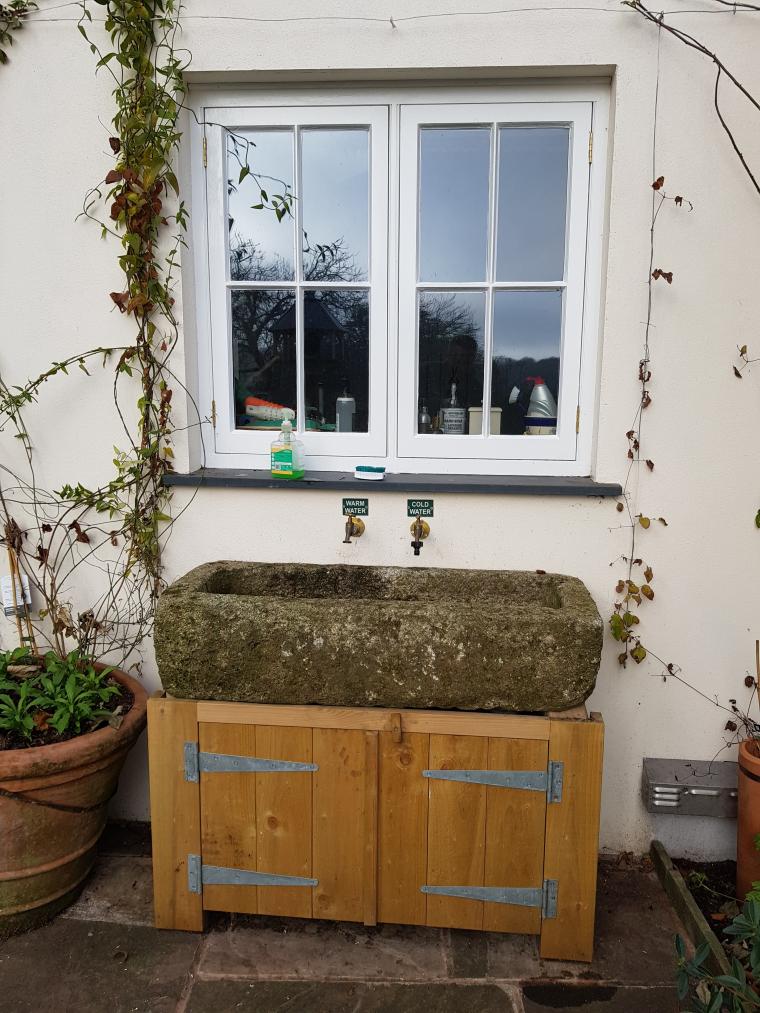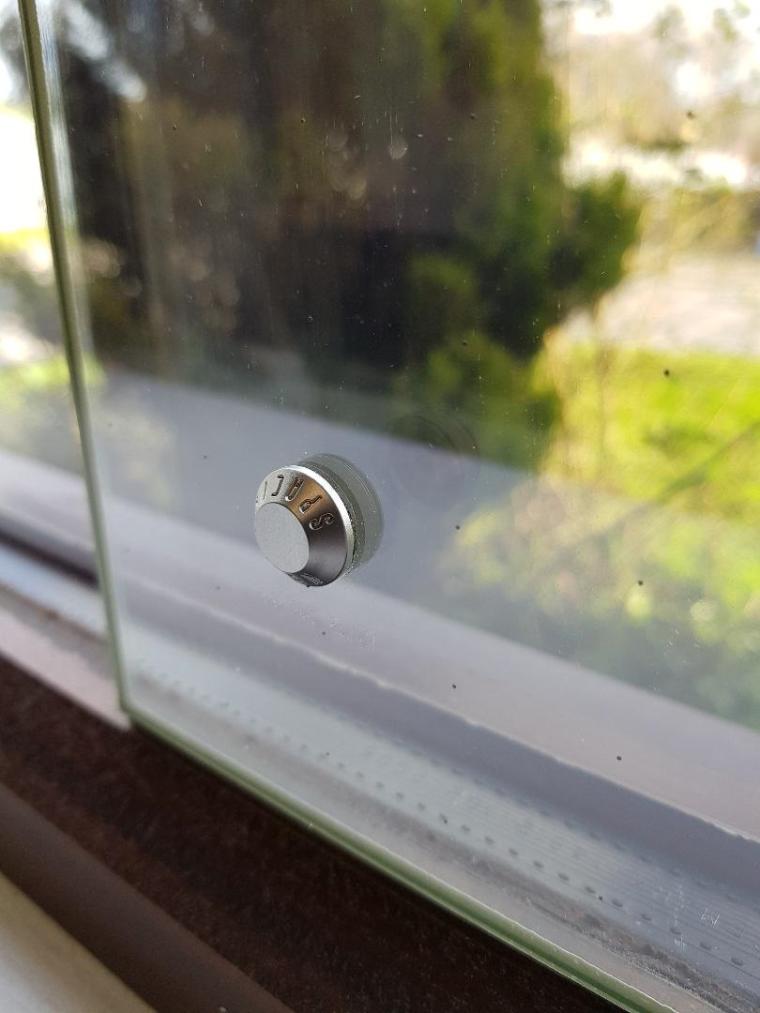Pilkington Spacia Glass - Silver Bullet or Missing the Target?

Working on old houses with heritage and historical significance is a common thread in our workshop. The ability to adjust to the task at hand and be sympathetic is essential to getting good results for our clients. One of the situations that often arrises is selecting the most appropriate glazing to be used. Below you'll see a window glazed with what has become known as "slim double glazing" or "slimlite" units. These units are specified by architects and requested by clients as the slim glazing allows the use of fine traditional glazing bars which help maintain the traditional design while improving thermal performace. But there's something newer on the market now that might offer and alternative. It's called "Pilkington Spacia", so I ordered a sample to take under review. First some background on the journey to Pilkington Spacia.

As you can see below, traditional glazing bars have very small rebates to accept the glass. Modern double glazing requires a glazing bar of at least 40mm to contain the unit propperly and secure beading. Contrast that with traditional bars that can be as slender as 15mm and normally faced with putty, and we have a big issue. There is also the proportion of a conventional modern double glazed unit, they are are normally at least 24mm thick which exposes a lot of spacer bar. Using the slimlite units that have been on the market for a decade or so we can reduce our glazing bars to 20mm, bed the slim units in appropriate silicone and once cured, face with an appropriate putty. So in theory, slim units solve all our problem. But they don't exactly, and here's why. In our experience, slim units have a higher failure rate than standard units. We don't do massive volumes of work so we can be exact but our anecdoatal measure is they do fail a bit more readily. We feel this is due to the edges of the unit being so much slimmer than a standard unit, it makes it impossible to create a seal as effective as standard double glazed units. Strangely that does not mean they are a bad choice and we'll move on to that soon.
So that road led us to the "Pilkington Spacia" product. When I discovered the product I was very impressed. It's clearly a quality product and really, really innovative. I hoped it could solve all our issues with listed buildings and offer very high unit reliability. Just as I did, you can find out more about the Spacia product with a quick google. While I am still very impressed with the spacia product I'm glad I have a sample in my hand to look at. My main issue with the Spacia product is its asthestic problems. It might have eliminated spacer bars but it has gained a 15mm nipple on each pane and a grid of micro dots. I hope you can see this on the top image and the bottom image of the spacia unit. This is lacking from nearly all the sales blurb, video and images from window makers using spacia units in their products. The "nipple" as I have branded it, is the point where the vacume is created. The micro dots are a grid that prvents the two panes of glass touching. We've had clients in the past who have detected the most minor of marks in a unit, the thought of presenting them with a grid of dots makes me shiver! I must be honest here, and these are only my personal thoughts, is that for many jobs having a 15mm metal valve and a grid of dots is just not acceptable, no matter how durable the glass. Further, if the integrity of listed work is to be treated holisticly how can such a compromise be accepted? I don't want that to be read as a slight on hardworking companies using spacia to offer a quality product, my view is my view and nothing more. Lastly any requirement for toughened safety glass can only be met with the application of films. I'm not a fan of applied films, it's yet another thing to go wrong!
I think I would be happy to use the spacia products on larger panes and within room settings with larger open spaces where proximity to the glass is reduced. So what's our conclusion?
Below you can see an image of a spacia unit next to a standard unit, and my conclusion is that only our client can decide. For me it's still a case by case issue needing carefull communication with client and us the joiner. If it were me and I had windows requiring a change to double glazing with the constraint of traditional glazing bars I think I would still go for slim glazing or try and retain the beauty of authentic and original single glazing. This is even with the risk of the slim units breaking down more quickly than hoped. In addition I would use the money saved for a more efficent heating system, lighting, more insulation in the loft or perhaps shutters too. So for now, Spacia is an option that we will be happy to use as and when we and our clients feel it correct for them and the property.

